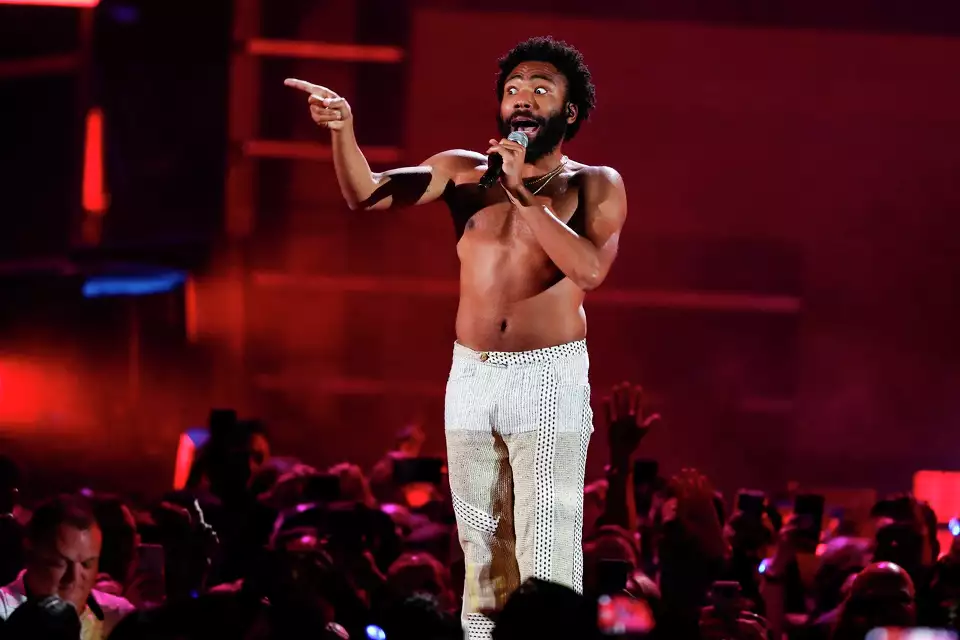Fifty years ago, the Vietnam War ended. It was not only a turning point in politics but also in music. Protest songs, once the heartbeat of anti-war movements, started to fade from the mainstream. Artists like Judy Collins, Joan Baez, and Bob Dylan sang to huge crowds. Their music united people against war and injustice. But today, such protest anthems are rare, even though many still write songs about social issues.
The Golden Era of Protest Songs
During the 1960s and 1970s, protest music was powerful. It gave voice to people who wanted change. Judy Collins remembers singing Bob Dylan’s “Masters of War” in Washington, D.C. Thousands joined her in singing. The feeling of unity was strong and unforgettable.
Back then, musicians like Pete Seeger, Peter, Paul and Mary, and Joan Baez performed at many rallies. Songs like “Blowin’ in the Wind,” “Give Peace a Chance,” and “We Shall Overcome” became symbols of the movement. These songs gave people strength and hope during difficult times.
Why Protest Songs Thrived
Experts say the 1960s were the perfect time for protest music. After World War II, there was more wealth, new technology like TVs and radios, and a growing youth population. The Vietnam War and civil rights struggles gave people a reason to speak out.
Ronald Eyerman, a Yale University professor, explains that the military draft made the war personal. Music became a way for people to express fear, anger, and hope. Many protest songs were also popular on the radio. Songs like “Ohio,” “People Get Ready,” and “Fortunate Son” reached the top of the music charts.
Modern Protest Songs Exist But Feel Different
Today, protest songs are still written, but they are not as visible as before. Bill Werde, a former Billboard editor, says protest music is not gone, but it does not reach people the way it once did. Music is now shared through many small platforms instead of a few big ones.
Many artists also avoid political messages to protect their careers. But some still speak out. Puerto Rican rapper Residente makes songs about war, colonization, and climate change. In 2023, he released “Bajo los Escombros” with Palestinian artist Amal Murkus, in memory of children killed in Gaza.
Other artists like Bad Bunny use music to connect past and present struggles. His song “Lo Que Le Pasó A Hawaii” links Hawaii’s colonization to Puerto Rico’s fight for independence.
Global Voices Rise
Some of the strongest protest songs today come from outside the United States. In Iran, singer Mehdi Yarrahi released “Roosarito,” asking women to remove their headscarves. He was punished for it. In Indonesia, the punk band Sukatani sings about corruption in “Bayar Bayar Bayar.” Their music inspired protests across the country.
Werde says people respond to protest music when their struggles are deep and personal. In some places, things are bad enough that music becomes a strong tool for change.
The U.S. Protest Landscape Has Changed
Protest anthems in the United States are now rare. Music expert Dorian Lynskey says there hasn’t been a new anthem like “We Shall Overcome” in many years.
Ginny Suss, who helped organize the 2017 Women’s March, says that protest music today is more scattered. There are more music genres, more voices, and more platforms. She co-founded the Resistance Revival Chorus, which performs old and new protest songs. But it is harder to reach a large national audience.
When Protest Songs Resurface
Sometimes, older protest songs return in new ways. Oliver Anthony’s 2023 song “Rich Men North of Richmond” became an anthem for some Republicans, even though it was not tied to any political party. It spoke about working-class struggles.
Some songs are used in ways their writers never intended. “Fortunate Son,” a Vietnam War protest song, was played at Trump rallies. “Blowin’ in the Wind” was used in a Super Bowl ad. On TikTok, songs like “Zombie” by The Cranberries are popular, but many users do not know the history behind them.
Artists Still Hope
Despite the challenges, Judy Collins still performs. At age 85, she gives about 100 shows a year. She still sings protest songs like “Where Have All the Flowers Gone,” and audiences still join in. She believes these songs are more than protest—they are about the journey of life.
Residente hopes that more American artists will speak up. He says that not every artist will sing about justice, but there is room for more voices like Rage Against the Machine or System of a Down.


